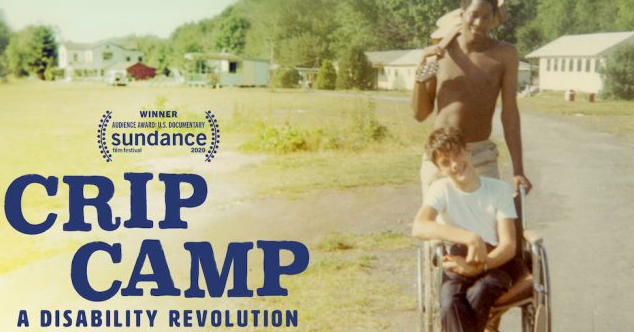Analysis
Disability as a Social Barrier
The Court's Vikash Kumar judgment has its roots in the disability rights movement, which was highlighted in the documentary 'Crip Camp'.

In 2020, Netflix released ‘Crip Camp’, an award-winning documentary on disability rights in the US. It begins in 1971, and follows a group of disability rights activists from their early encounters with each other at Camp Jened, a campground for children with disability, to their political engagements which left an indelible mark on contemporary disability rights law in America.
In 1973, Section 504 of the Rehabilitation Act was passed in the U.S.A, making it the State’s responsibility to ensure that no persons with disability were unable to access any state funded/assisted programmes. This enactment marked the beginning of a noteworthy shift from the paternalistic, medical models of viewing disability to the social model of disability. Under the medical model, if a person with disability was unable to attend a school that was not accessible, it would not be viewed as prejudicial treatment. The reason for non-attendance would be their own disability. However, the social model changed the individualised view of disability: the school and the State were at fault for not making the school accessible to the person with disability. In simple terms, under the social model, disability is not caused by the medical condition of a person, but by the failure of society to make arrangements specific to the person’s needs.
Even though Section 504 had been enacted, the federal government made no attempt to pass regulations to execute this section until 1977. The second half of the documentary follows the involvement of the Jened campers in a historic 28 day sit-in at a San Francisco federal building. The protestors speak of how their experiences of community care and agency at the camp made it impossible for them to accept the pitiful lives the outside world envisioned for them. The sit-in’s eventual success led to strong Section 504 regulations being signed and enacted. These eventually formed the basis for the Americans with Disabilities Act, 1990.
The US disability rights movement of the late 1970s helped build international pressure on other countries to address their domestic situations.
In India, a biomedical view of disability had been in practice since the early days of welfare state action after independence. So, it was the prerogative of the persons with disability to adapt to fit normal society, not that of the State and society to make itself accessible. The work of Indian disability rights activists through the 1980s and 1990s led to the eventual enactment of the Persons with Disabilities Act, 1995. This was the precursor to the current Rights of Persons with Disabilities Act, 2016. These legislations marked a shift towards the social model of disability in India.
In February 2021, the Supreme Court in Vikash Kumar v UPSC, highlighted the intention of these legislations, and examined the importance of reasonable accommodation in achieving non-discrimination, equality and dignity for persons with disabilities.
Listen to Sr. Advocate Jayna Kothari’s analysis of this judgement, and what it means for future demands for disability rights in India here.
Click here to subscribe and receive more Desk Briefs like this.
